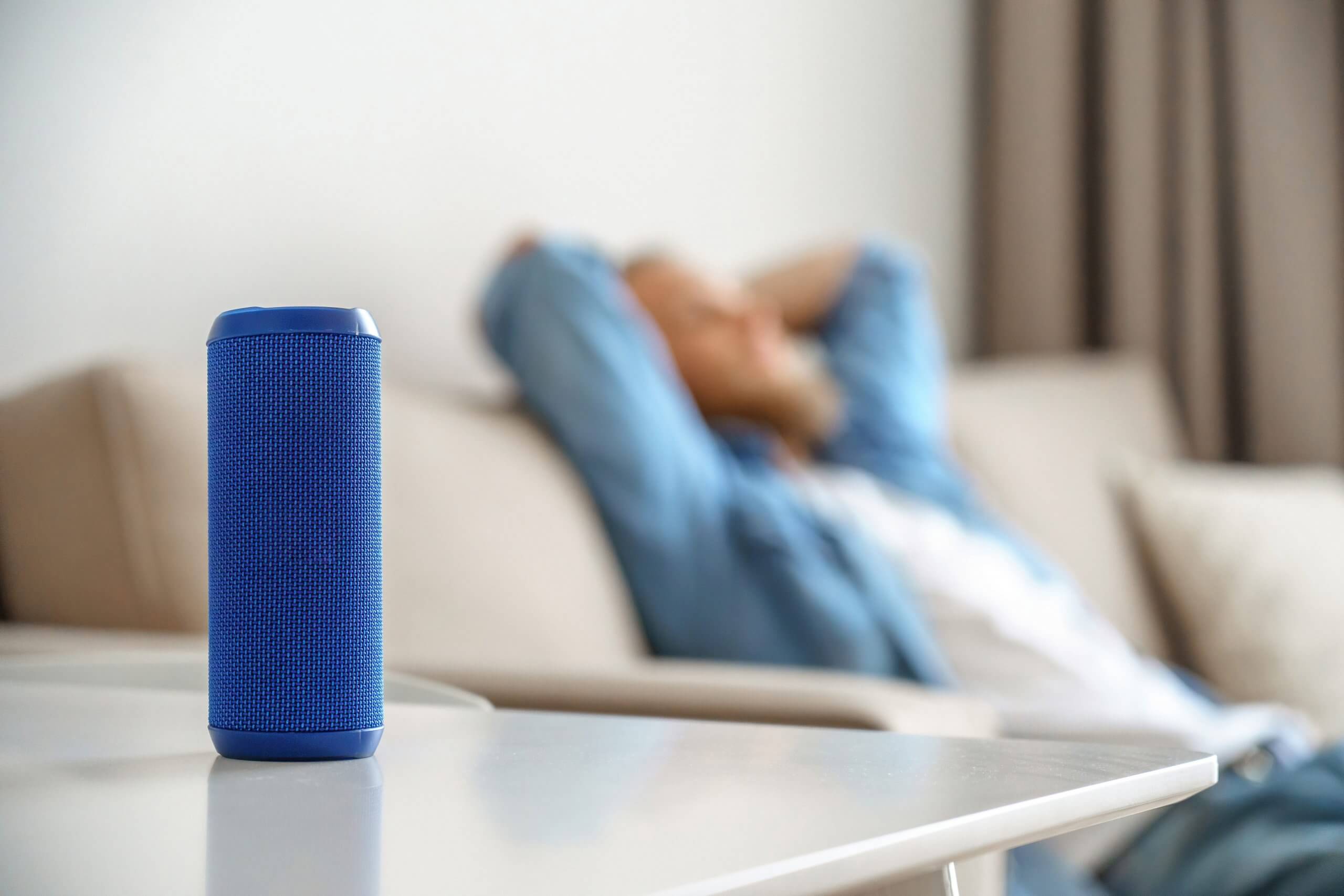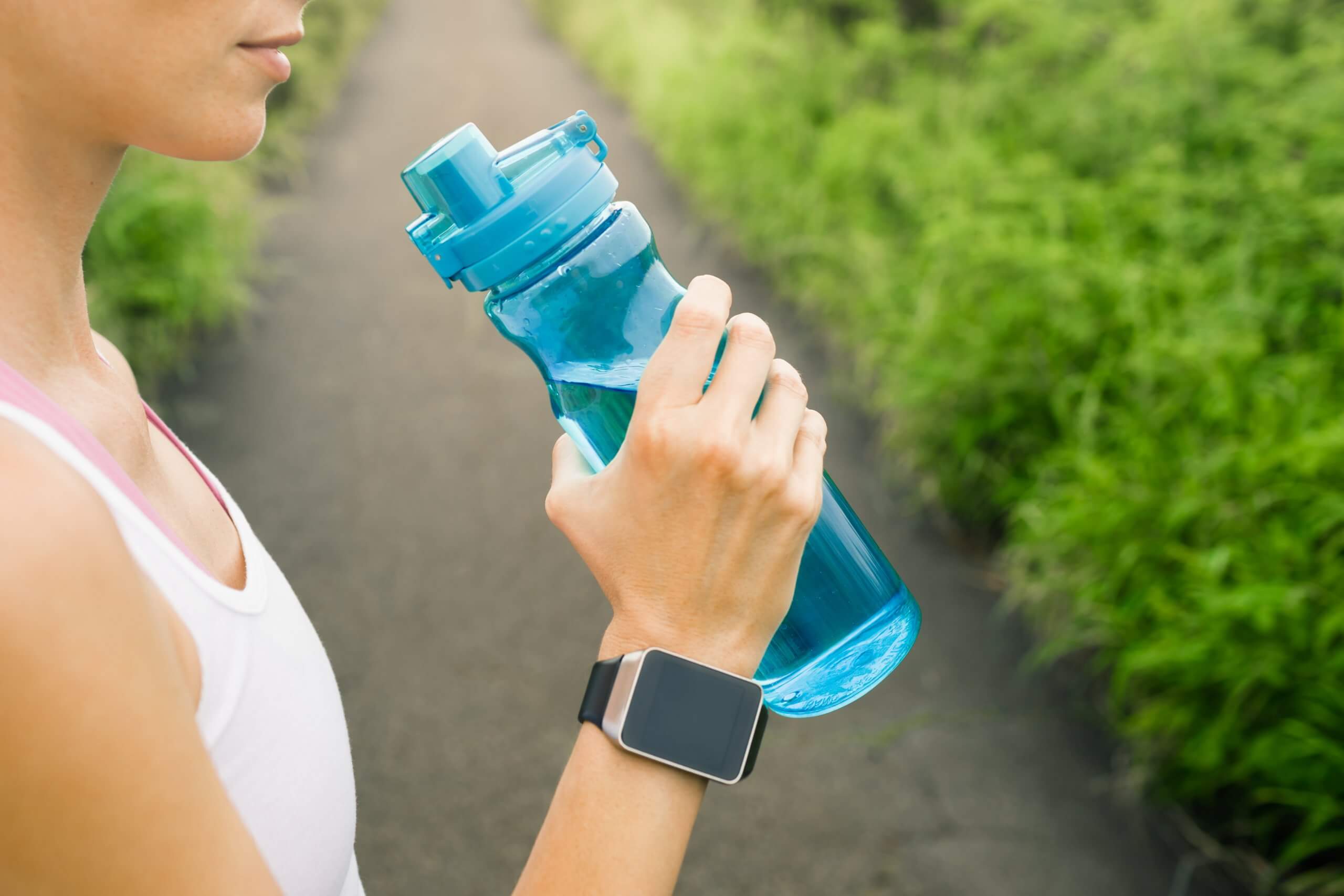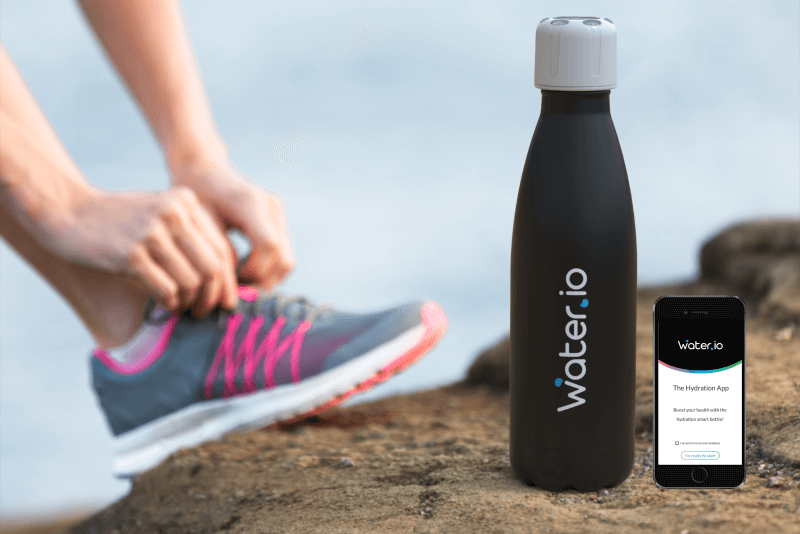Have you ever thought you might be able to shop at your favorite store with never having to wait in a checkout line ever again?
Well, every day, we are getting closer to having that shopping experience come to fruition.
The Internet of Retail has been gaining popularity over the last few years. Although you may not realize the changes in your shopping habits are due to technological advancements, the shifts we have seen in the retail industry over the last twenty years prove just how much shopping in stores have changed.
Thirty years ago, self-checkouts would have seemed like something from a science fiction movie and scannable QR codes on products would have never been on a shopper’s radar.
As times continues to go by, stores are becoming even smarter and more sophisticated. How exactly can a store, an inanimate “object” become smarter you ask?
The answer is quite simple:
It is thanks to the progression of IoT, the Internet of Things.
In this article, we will explore 11 ways the Internet of Retail is going to change the way you shop forever.
Amazon Go
One of the biggest online shopping giants in the world has begun the descent into the retail shopping sphere. In Amazon’s physical stores, there will be no such thing as a checkout. Amazon aims to make their retail shopping experience as hassle-free and seamless as possible.
You will simply place the items you want in your shopping cart or basket and walk out of the store.
No checkout lines. No “paying.” No more slow people fumbling through their wallet to find their credit card.
Sounds amazing, right?
But how does this work?
Tags are attached to all of the products in the Amazon Go store, are on the shopping baskets and carts, and above the exit doors of the store. The tags are then automatically read by thee sensors through peripheral technology and charged directly to the customer’s Amazon account. This does not just make shopping faster and easier, but it also prevents theft from stores as well as it makes it virtually impossible to sneak any items out of the store.
Starbucks
As one of the largest coffee shops in the entire world, you would expect that Starbucks is looking to streamline the in-person retail and coffee buying experience.
Drive-throughs are great and ordering your latte from an employee is sometimes the best option, but why just stop there?
In Seattle, their home base, Starbucks likes to test out new tech for their stores. They are aiming to incorporate beacon technology into their retail locations that send push notifications to customers who come into the stores. These notifications would alert customers to the new brews they have in that store, any special sales or promotions, and more.
They would also aim to persuade customers to try out their higher cost premium blends based on personal recommendations.
Nordstrom Local
The popular upscale American department store is trying out a new concept store in California that makes all of your shopping dreams come true.
The LA-based concept store is over 3,000 square feet and features a juice bar, manicure stations, comfy nooks for sitting, and personal stylists to attend to all of your fashion needs.
Before coming into the store, you make an appointment online. From there, you are asked to create an inspiration board that showcases your style, favorite trends, and the clothing, shoes, and accessories you like to wear or want to try.
When you get to your appointment, there is a dressing room full of your personalized clothing selections waiting for you to try on that your stylist picked out.
Customers can also pick up their online orders from the store.
The Dandy Lab
This London startup company has begun testing a retail store that aims to provide shoppers with one of the most connected experiences possible.
From sensors to Wi-Fi to fancy data analytics that connect with Cisco, customers may just feel like they are shopping fifteen years in the future.
Flat screen TVs are connected to a special NFC terminal. Screens are embedded into shelves that display detailed information and deals on products, and a styling wall works in conjunction with a webcam. The styling walls lets shopped connect directly with staff and product suppliers, so they can ask questions about products or talk about specific alternations to clothing and much more.
Cisco’s Connected Mobile Experience ca also indicate how many people who simply walked past the store came in to check out the inventory through a Wi-Fi signal.





